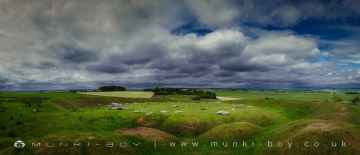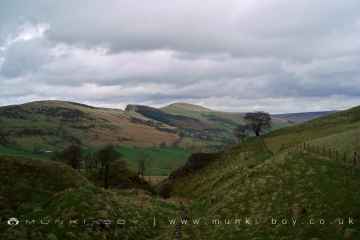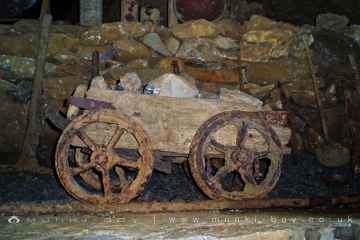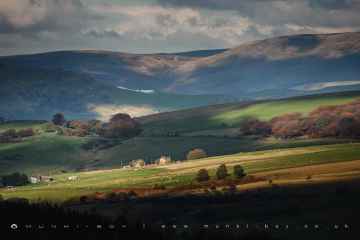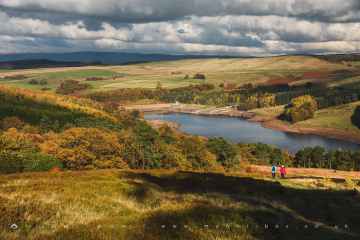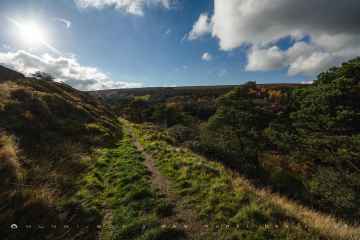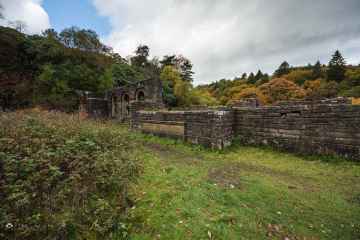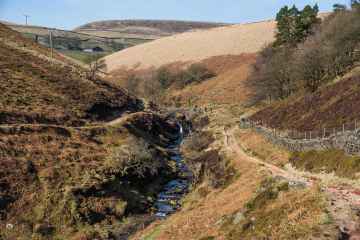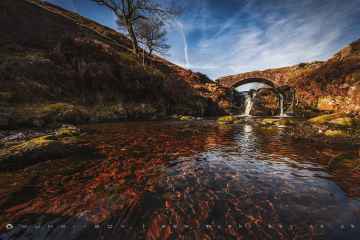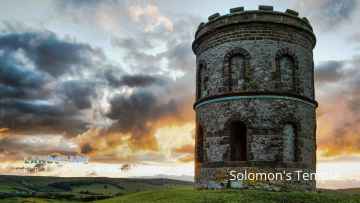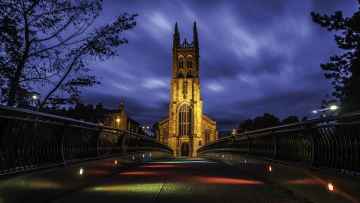Ripley
Ripley is a Town in the county of Derbyshire.
There are great places to visit near Ripley including some great ancient sites, historic monuments, towns, caves, old mines, mountains, hiking areas, lakes, hills, ruins, rivers and streams, waterfalls, historic buildings, cities and shopping centres.
There are a several good ancient sites in the Ripley area like Arbor Low Henge, Gib Hill Oval Barrow and Bowl Barrow, and Carl Wark Hillfort.
There are a number of historic monuments near to Ripley including Arbor Low Henge.
Castleton, Buxton, Darley Dale, and Hope are some of Ripley best towns to visit near Ripley.
Blue John Cavern is one of Ripley's best, nearby caves to visit in Ripley.
Ripley is near some unmissable old mines like Blue John Cavern,
Places near Ripley feature a number of interesting mountains including Kinder Scout.
Ripley's best nearby hiking areas can be found at Kinder Scout, Errwood Hall (ruin), Three Shires Head, and Hope Valley.
Errwood Reservoir is one of Ripley's best, nearby lakes to visit in Ripley.
Shining Tor, and Higger Tor are great places to visit near Ripley if you like hills.
There are a several good ruins in the Ripley area like Errwood Hall (ruin), and Castedge (ruin).
There are a number of rivers and streams near Ripley including River Dane at Three Shires Head, and Panniers Pool.
Panniers Pool Waterfall, and Three Shires Head Waterfall are great places to visit near Ripley if you like waterfalls.
Ripley's best nearby historic buildings can be found at Solomon's Temple, and St Mary's Church Derby.
Places near Ripley feature a number of interesting cities including Derby.
Derbion is a great place to visit close to Ripley if you like shopping centres.
Ripley History
There are some historic monuments around Ripley:
Places to see near Ripley
History of Ripley
In the Middle Ages, Ripley was just a few stone cottages and farms around the village green with a few dwellings further afield. Corn was ground at the mill owned by the Abbot of Darley and in 1291 there were “two water-mills with fish ponds” in Ripley. The Ripley area has been industrialised since the late 18th century. One of the earliest companies to take advantage of mineral resources around Ripley was the Butterley Company. The company was formed in 1790 by Benjamin Outram and Francis Beresford. Jessop and Wright joined as partners in 1791. Benjamin Outram and Jessop were pioneering engineers best known for their input into the rail industry and also their engineering of the Cromford Canal. Outram developed the L shaped flange rail and Jessop engineered the cast iron fish belly rail. The Little Eaton Gangway project was one of the engineering feats they completed. The engineering part of the company closed and the site of the Butterley Company was demolished in 2010. The company was latterly in three parts, Butterley Engineering, Butterley Brick and Butterley Aggregates (all separate companies). Over the last 200 years the companies have been a steelworks, coal mining, quarrying, railway, foundry, brickworks. One of the early, and most well-known, examples of the work of the company includes the arched roof of St Pancras railway station in London, recently restored as an international rail terminal. Recent major Butterley achievements were the design and construction of the Falkirk Wheel, a canal boat lift funded by the Millennium Commission and the Spinnaker Tower seen in Portsmouth Harbour as the focus of the regeneration of Portsmouth Harbour.











